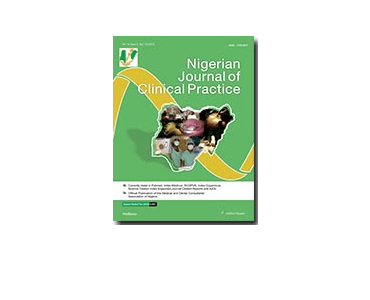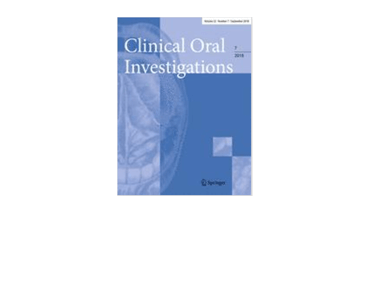Precision Rhinoplasty Using Virtual Surgical Planning and Departmentally-Manufactured, 3D-Printed, Sterilizable, Patient-Specific Anatomic Models. SG Maliha, JM Bekisz, HA Liss, L Witek, PG Coelho, RL Flores.
Date: August 2018. Source: Plastic and Reconstructive Surgery, Volume 6, Issue 8S, pp 87–88. Goals and Purpose: Rhinoplasty relies on clear patient communication and precise execution of a three-dimensional (3D) plan to achieve optimal results.1 3D printing is becoming more popularized in the medical field as an aid to technical planning, patient communication, and the…










